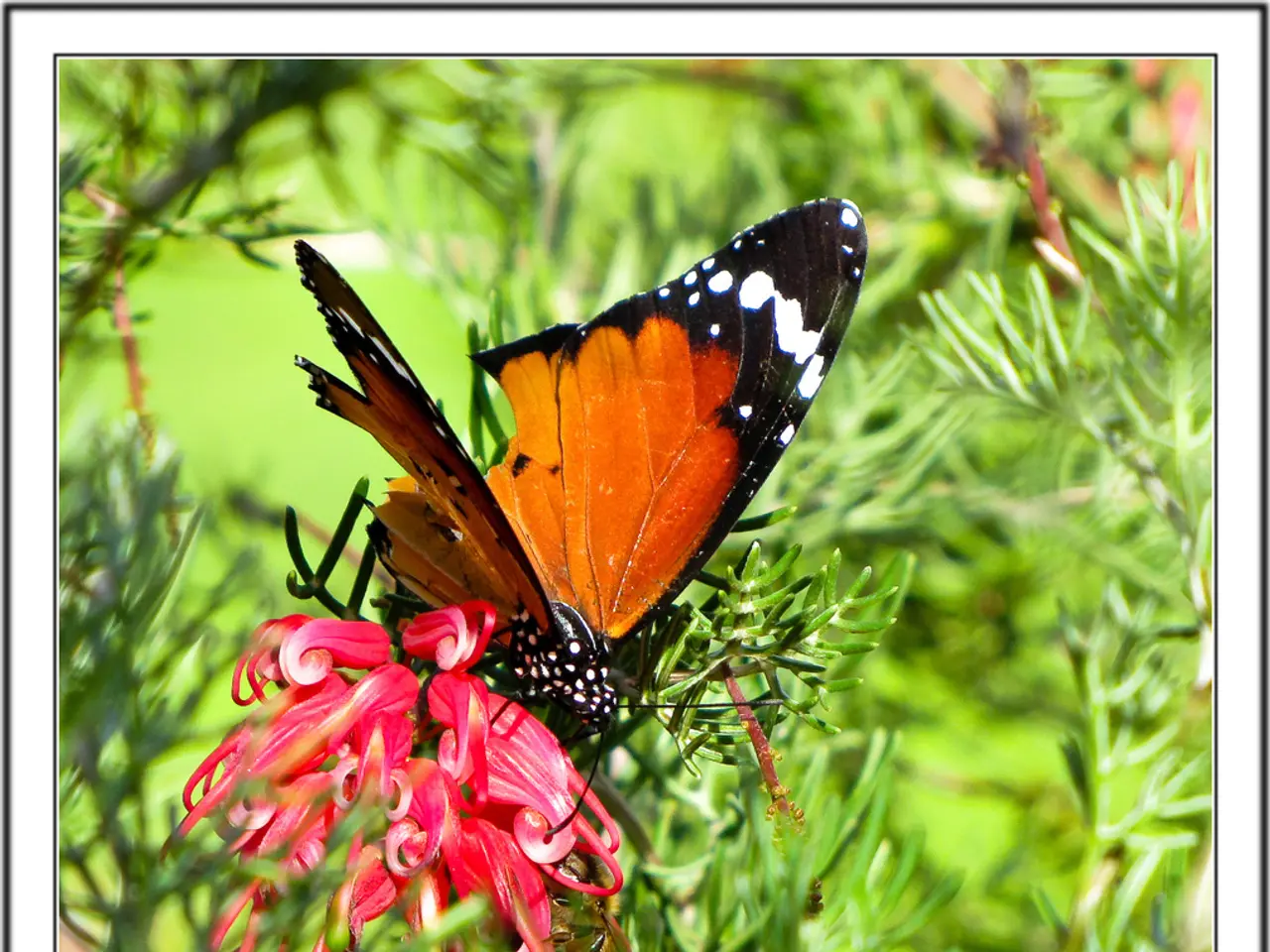Butterfly Species Obtains Endangered Classification: Monarch Butterfly
The iconic monarch butterfly, known for its annual migration across North America, has seen a significant decline in numbers in recent decades. In 2014, the Center for Biological Diversity petitioned the U.S. Fish & Wildlife Service to list the monarch as "threatened," due to habitat loss and other factors.
In 2020, the U.S. Fish & Wildlife Service concluded that listing the monarch was warranted, but other species took priority. However, in 2022, the CBD filed a federal lawsuit and won a settlement calling for the government to decide whether to list monarchs by late 2024.
Climate change is altering the availability of suitable habitats for the monarch butterfly, affecting migration patterns. Habitat destruction continues at an alarming rate, exacerbated by logging and urban sprawl. To combat this, conservation and governmental agencies, as well as researchers, are working toward restoring monarch habitats and promoting the planting of milkweed, a crucial plant for the butterfly's reproduction.
The western monarch population has also seen a drastic decline and is considered to be in serious jeopardy, with some estimates suggesting a 99% decline since the 1980s. The eastern monarch population has experienced an 80% drop over the past 20 years, largely due to habitat loss, especially the destruction of milkweed.
Current measures to conserve the Monarch butterfly in the United States focus on habitat restoration, protection of milkweed plants, reduction of pesticide use, and cross-border collaboration with Mexico for conserving overwintering sites. Conservation efforts involve federal and state agencies, NGOs, and citizen scientists working on monitoring populations and educating the public.
Readers can help by planting milkweed in their garden, backyard, or community space. Reducing pesticide use in your yard and choosing organic gardening practices can also help. Advocating for policies that protect pollinators and raise awareness about their decline can create broader change.
The U.S. Fish & Wildlife Service has created a recovery plan for the monarch butterfly, which includes restoring migratory and breeding habitats, reducing pesticide use, and raising public awareness about the importance of monarchs and pollinators in general. Support organizations working to protect monarch habitats, such as FSW, Monarch Watch, and Monarch Joint Venture. Together, we can help ensure the survival of this remarkable species.
Read also:
- Peptide YY (PYY): Exploring its Role in Appetite Suppression, Intestinal Health, and Cognitive Links
- Toddler Health: Rotavirus Signs, Origins, and Potential Complications
- Digestive issues and heart discomfort: Root causes and associated health conditions
- House Infernos: Deadly Hazards Surpassing the Flames








